
Can you make climbing Mount Everest safe? Not really. Whenever you’re on Everest, or any mountain on Earth, there are risks involved. There are dangers that you have to accept—whether it’s ice fall, storms, or avalanches. When you go into that arena, you accept the fact that something can happen.
The earthquake in Nepal that caused an avalanche on Everest was beyond our control. One sad part of what happened in Nepal is that the avalanche destroyed parts of Base Camp, which is traditionally a haven of safety. It’s where you come off the mountain to relax, recuperate, and recharge. And then you go back up on the mountain and throw yourself once again into risky situations. Now, climbers are going to lose that sense of comfort and safety that you pretty much always felt when you were at Base Camp.
My last trip to Everest was in 2009. That was my seventh climb on that side of the mountain. I’ve seen and lived through many incidences in the mountains, including the tragic events which occurred on Everest in 1996, popularized by Jon Krakauer’s book Into Thin Air. Just a year ago, an avalanche in the icefall killed more than a dozen sherpas on Everest.
Mountains are always going to be dangerous. I do a lot of speaking about the risk management part of the climb. There are objective dangers in the mountain that we can’t control. But there are also the subjective dangers: how we decide what to do, when to climb, whether we decide to continue or turn around. Letting ambition and hubris overcome common sense is when people start to have problems.
Most climbers out there are very ambitious, motivated, and driven. Getting to the summit is the primary goal. I’ve always said that getting down the mountain is my primary goal. A lot of people lose sight of that. All of their energy, resources and planning goes into getting to the top, and getting down is an afterthought. Because of this, the majority of accidents occur on the way down, rather than on the way up.
You have to know there’s the possibility for avalanches, ice falls, and storms. If you can’t accept that, you shouldn’t be there. No matter how good your equipment is, how hard you’ve trained, or how smart you are, things can happen. I advise people to temper their ambitions and avoid being swayed by what in the mountains we call “summit fever.” Make your own decisions based on your experience, your training, and your intuition. In the mountains, we have to listen to the mountain. When I’m guiding clients, I tell them, “We’re going to try and get to the top, but my primary goal is to make sure you get home alive.” Everything else is secondary. Safety is the primary goal.
When I heard about the recent avalanche on Everest, my first thought was concern for the people I know who are there. We just had a deadly avalanche last year, and now this year, in the thick of the season, with hundreds of people there, we have this earthquake that causes an even more massive avalanche that decimated Base Camp. I think about all the times I’ve been there, and how nothing like that ever happened to me. But I could have been there. It could have been me.
People always ask mountaineers: Why do we do what we do? Why do we go into a risky arena? You can’t answer that. People choose a path in life, and they follow it. There’s an element of risk that we accept. No amount of technology or equipment is going to save you from the forces of Mother Nature. That’s part of something we immerse ourselves in: How can we live and survive in that hostile environment? It’s with planning, and preparation, and thoughtfulness that we can minimize risk. But there’s a certain amount of risk that we can never eliminate. If you want to eliminate that risk, you simply stay home.
Read next: Terrifying Video Shows Mt. Everest Base Camp Hit By Avalanche
See Photos From a Survivor of the Mount Everest Avalanche

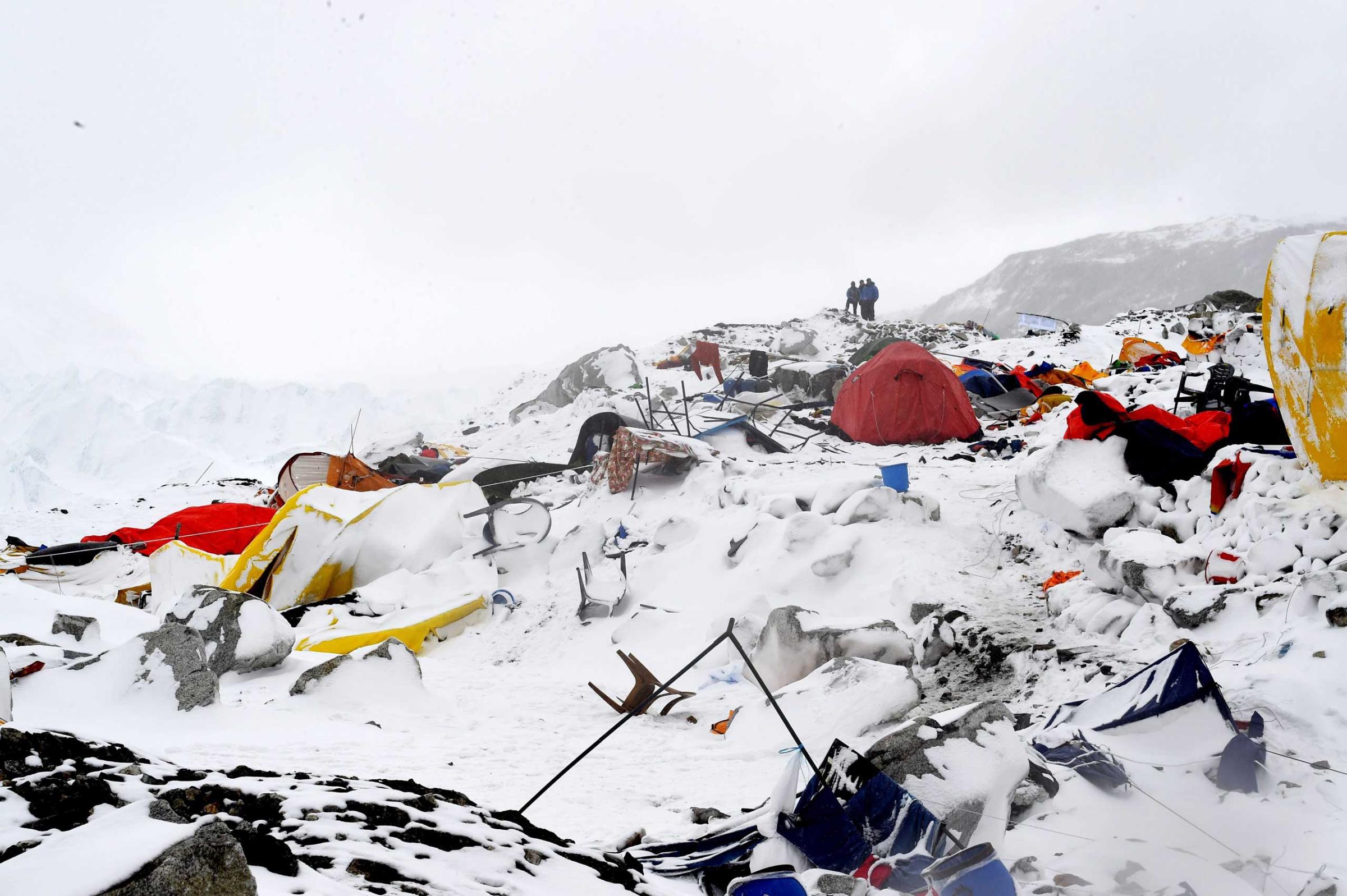
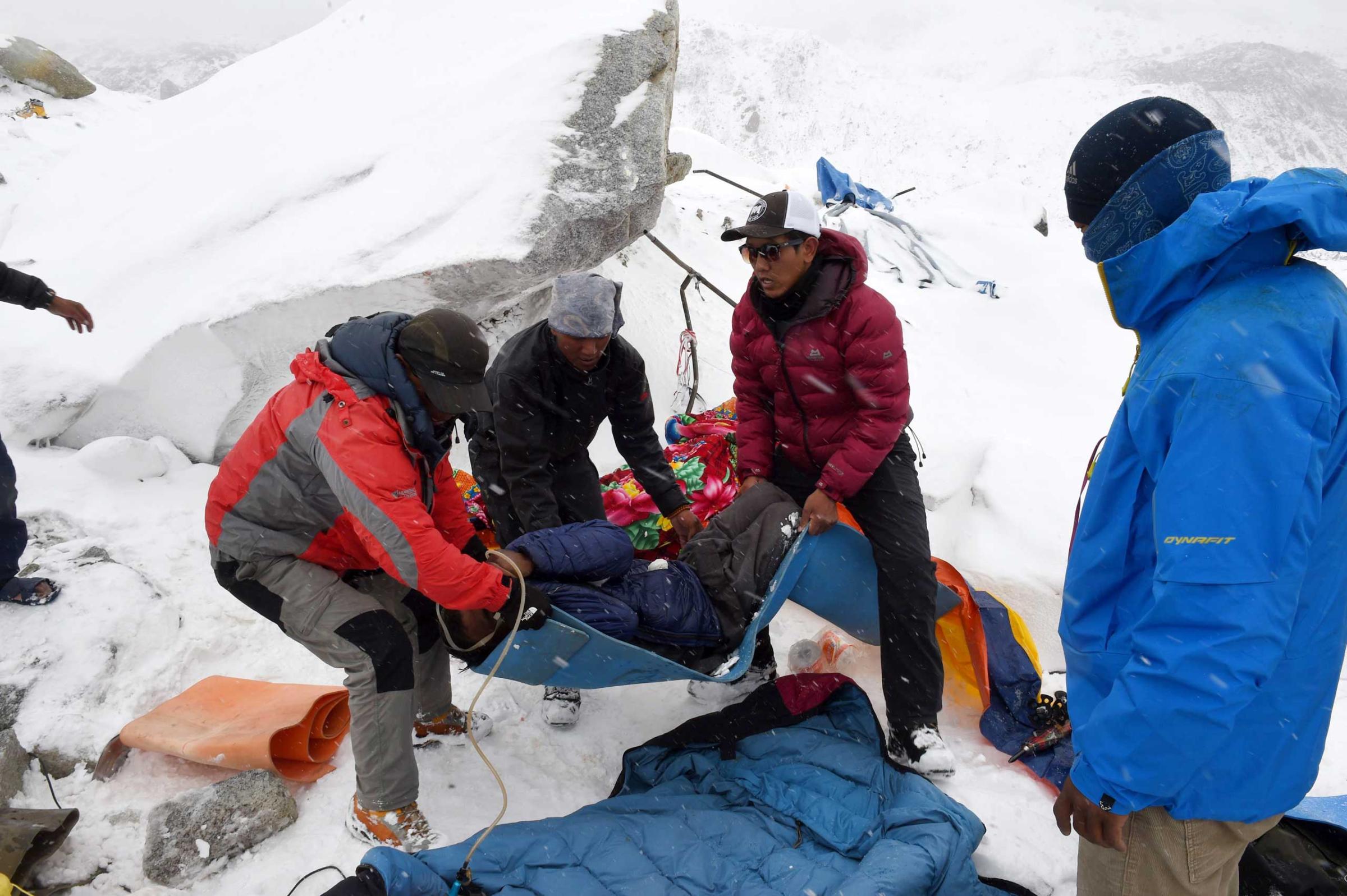
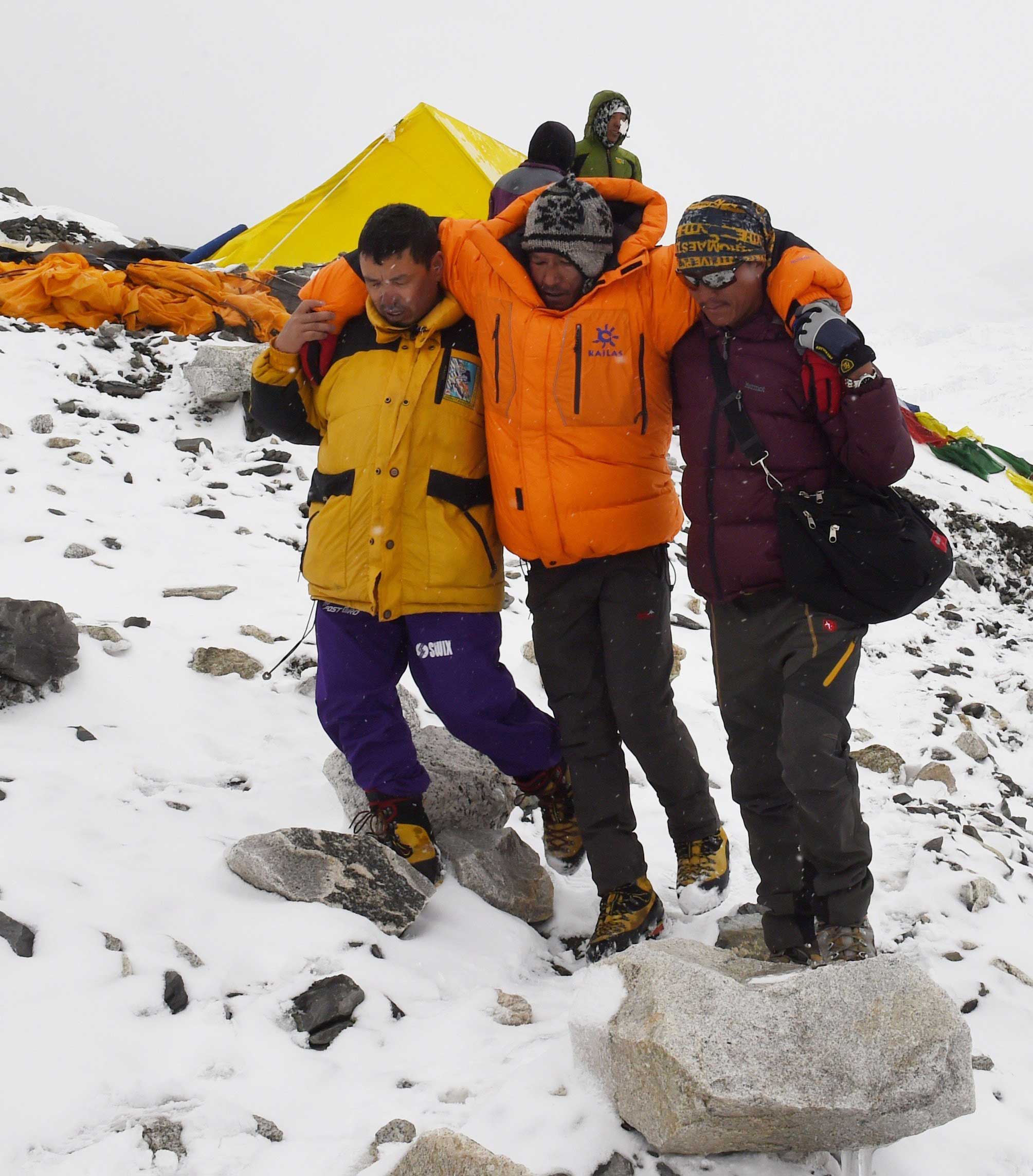
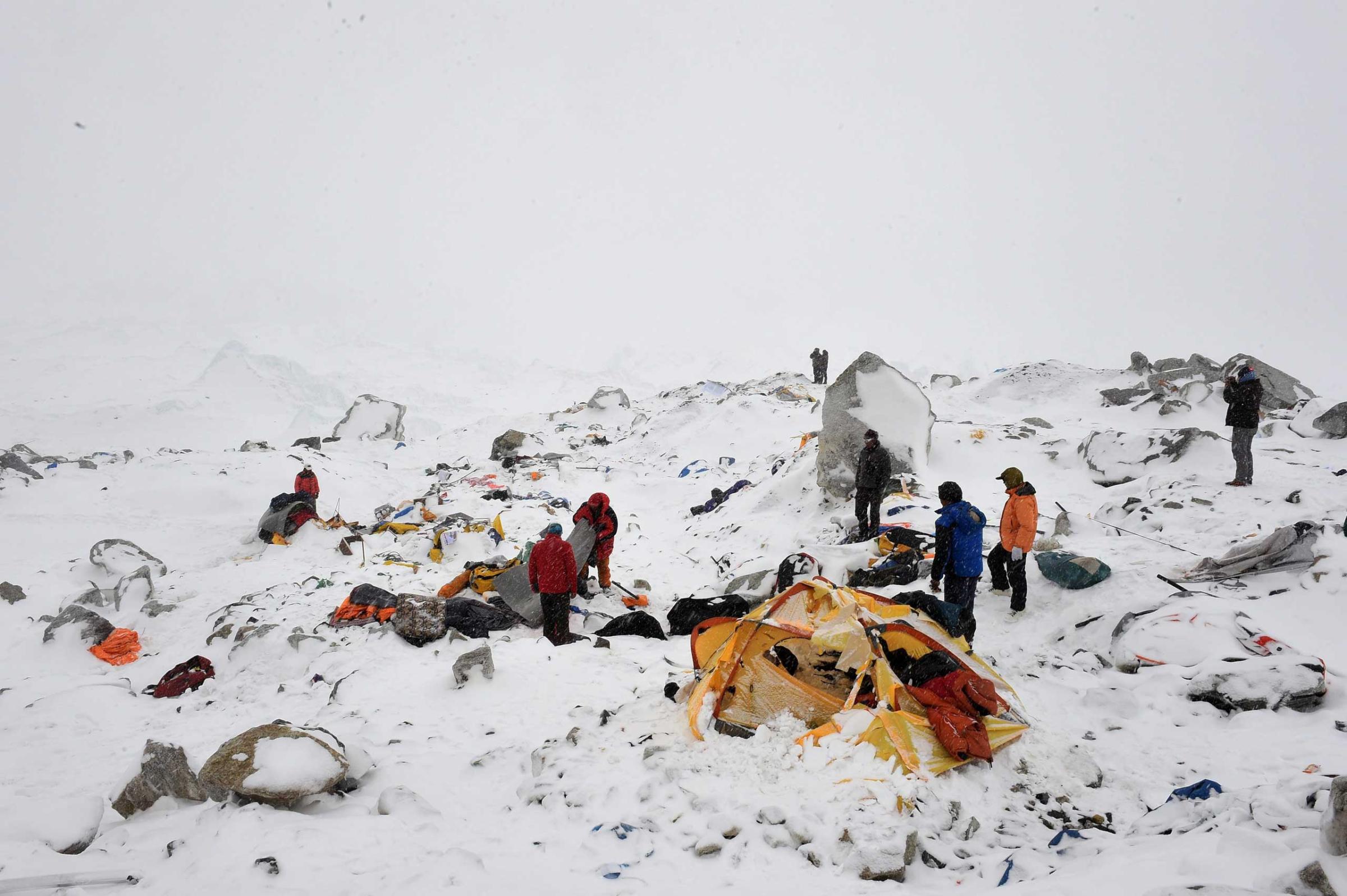
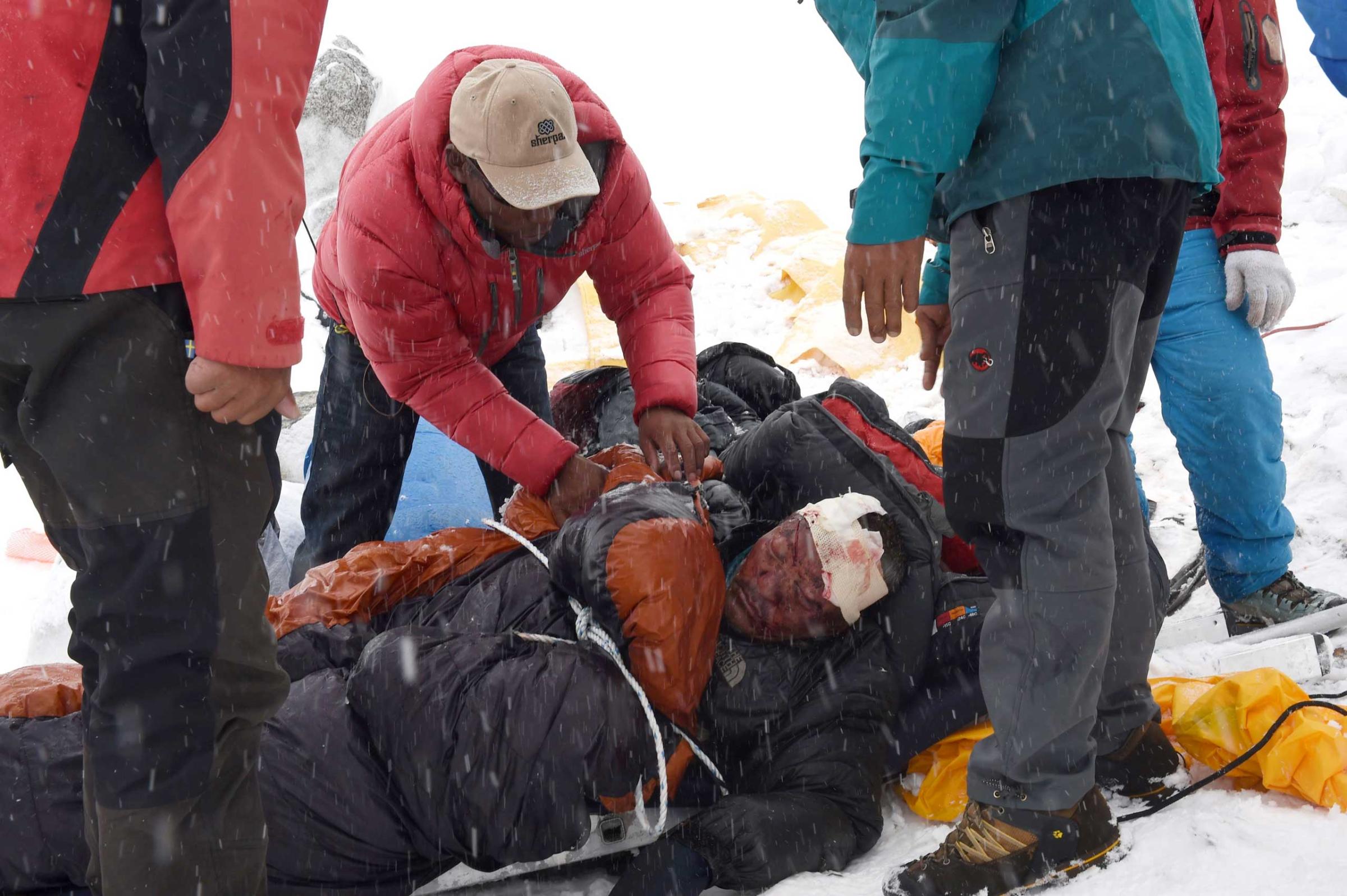
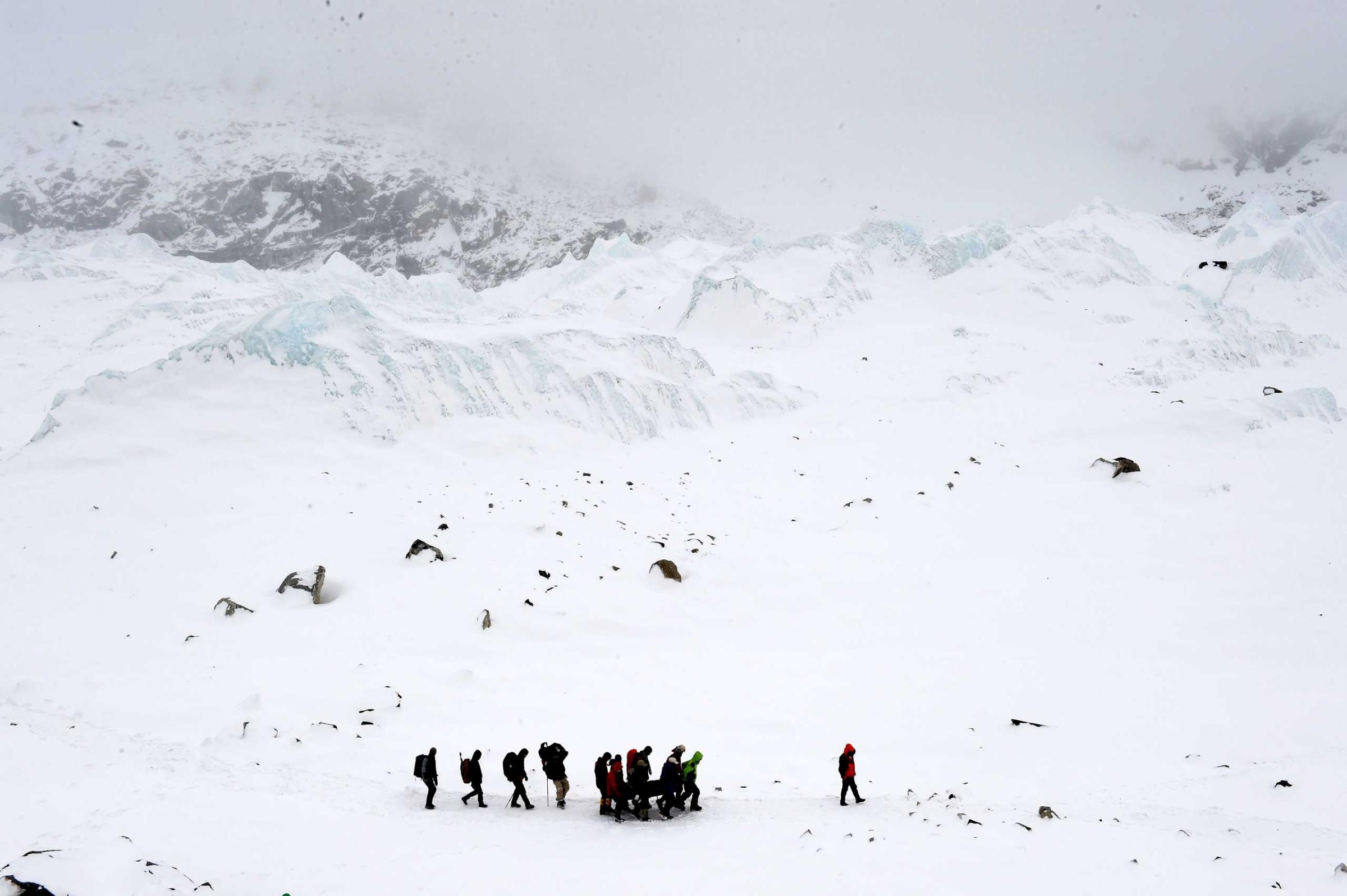
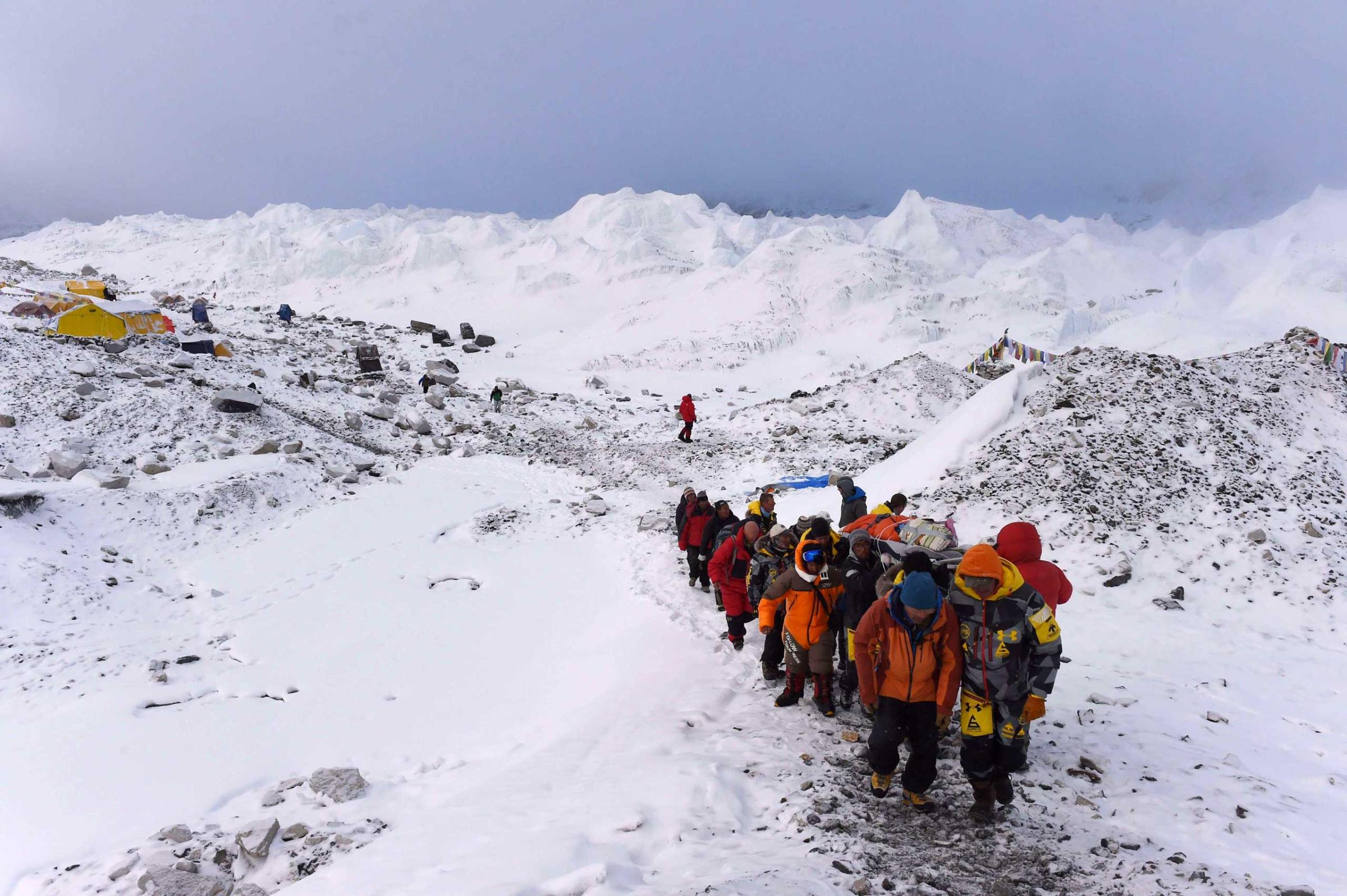
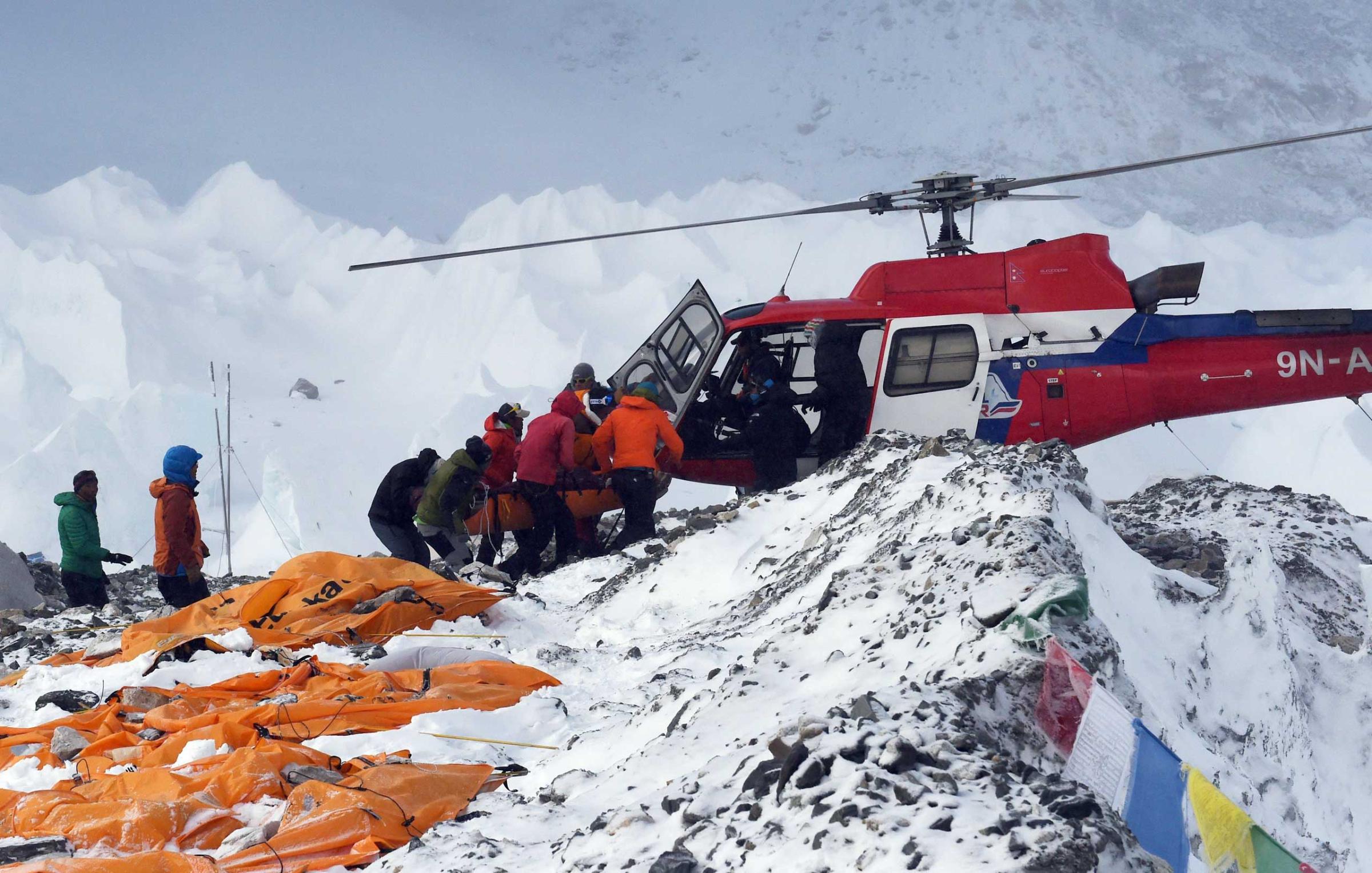
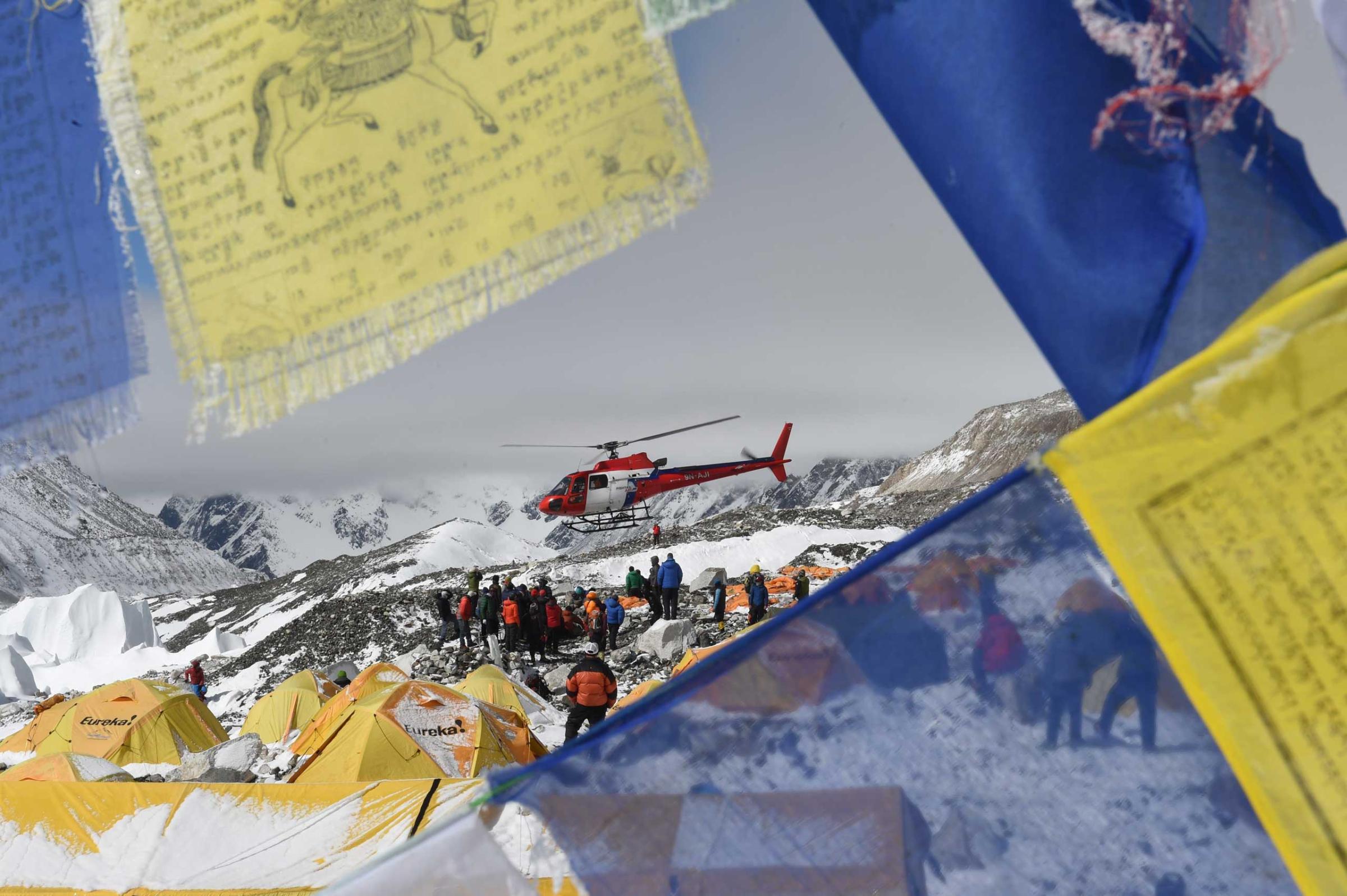
More Must-Reads from TIME
- Why Trump’s Message Worked on Latino Men
- What Trump’s Win Could Mean for Housing
- The 100 Must-Read Books of 2024
- Sleep Doctors Share the 1 Tip That’s Changed Their Lives
- Column: Let’s Bring Back Romance
- What It’s Like to Have Long COVID As a Kid
- FX’s Say Nothing Is the Must-Watch Political Thriller of 2024
- Merle Bombardieri Is Helping People Make the Baby Decision
Contact us at letters@time.com